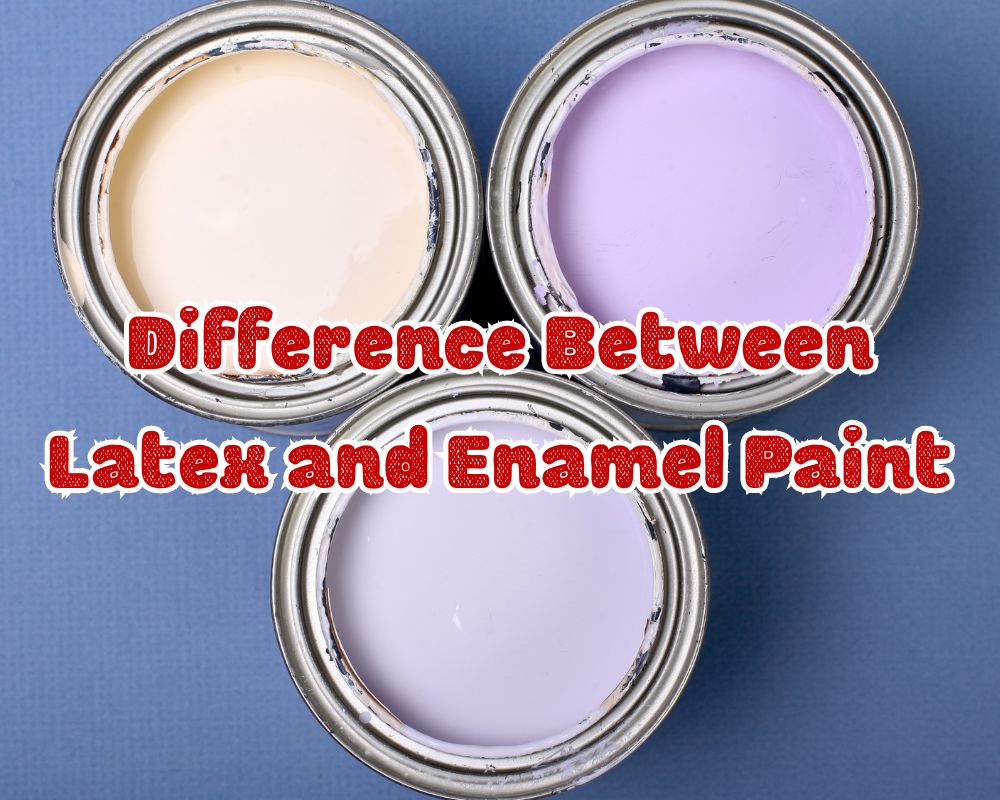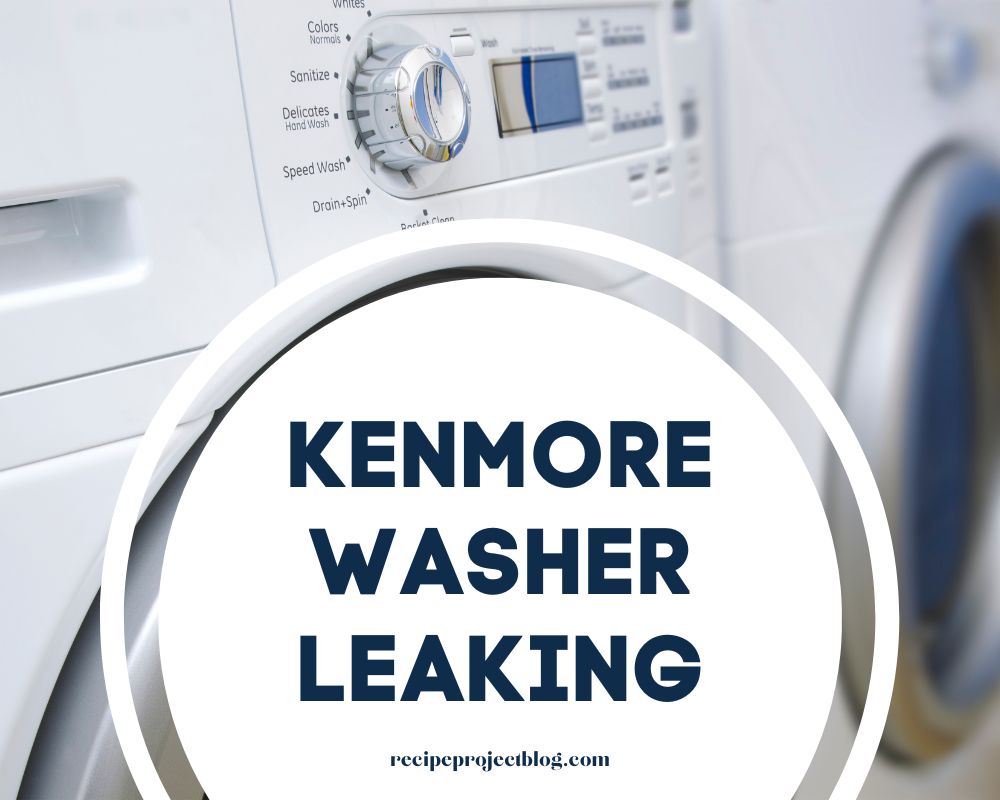Understanding What is the Difference Between Latex and Enamel Paint

What is the difference between latex and enamel paint. If you plan to tackle a painting project, you may wonder which paint type to use. Two common options are latex and enamel paint. But what is the difference between these two types of paint, and which one should you choose for your project? In this section, we’ll explore the fundamental differences between latex and enamel paint, compare their properties, and weigh their pros and cons to help you make an informed decision.
Latex and enamel paint differ in composition, durability, application, and finish. Understanding these differences will help you choose the right paint for your project needs. So, let’s dive into the details, examine the characteristics of latex and enamel paint, and determine which is better.
Table of Contents
Types of Paint: Latex and Enamel
Before choosing between latex and enamel paint, it’s essential to understand the basic types of paint available. The two most widely used options are latex paint and enamel paint.
| Type | Description |
|---|---|
| Latex paint | Also known as water-based paint, latex paint consists of a synthetic resin binder, water, and pigment. It is easy to apply, dries quickly, and has a low odor. It’s the preferred choice for interior walls, ceilings, and surfaces that do not require high durability. |
| Enamel paint | Enamel paint is oil-based or solvent-based and contains a resin binder, pigments, and a solvent. It provides a hard, durable finish that is resistant to stains and moisture. Enamel paint is ideal for high-traffic areas, such as doors, trim, and cabinets. |
Each type has its unique properties and applications. Understanding these differences will help you decide when selecting the right paint for your project.
Composition and Application of Latex Paint

Latex paint, also known as water-based paint, is popular due to its ease of use and environmental friendliness. It consists of a synthetic resin binder, water, and pigment and is available in various finishes, including flat, eggshell, satin, and semi-gloss.
The water-based composition of latex paint makes it easy to apply, as it can be thinned with water if needed. The paint dries quickly and has a low odor compared to other paint types. This makes it an excellent option for interior walls, ceilings, and other surfaces that do not require high durability.
Latex paint offers several other benefits, including:
- Resistance to fading and yellowing
- Good coverage and adhesion
- Easy clean-up with soap and water
- Affordability compared to other paint types
Application Tips for Latex Paint
When applying latex paint, you must ensure the surface is clean and dry. Use a paintbrush or roller to apply the paint in even strokes, being careful not to overload the brush or roller. Applying in thin coats is best, as it allows the paint to dry more quickly and reduces the risk of drips.
If you need to thin the paint, add water gradually and stir until the desired consistency is achieved. It’s also important to allow sufficient drying time between coats, typically 2-4 hours, depending on the humidity and temperature of the room.
Latex paint is a versatile and practical choice for various paint projects. Its ease of use, low odor, and eco-friendliness make it a popular option for DIY enthusiasts and professionals.
Composition and Application of Enamel Paint
Due to its hard, durable, and moisture-resistant finish, enamel paint is a popular choice for high-traffic areas, such as doors, trim, and cabinets. It is available in oil- or solvent-based forms, depending on the project’s specific needs. Here are the key aspects of enamel paint’s composition and application:
Composition of Enamel Paint
Enamel paint typically contains a synthetic resin binder, pigments, and a solvent. The synthetic resin binder can vary depending on the type of enamel paint, but it is commonly made of alkyd, oil-based, or urethane materials. The pigments provide color and opacity to the paint, and the solvent helps the paint spread evenly and dry to a hard finish.
Application of Enamel Paint
Enamel paint can be applied with a brush, roller, or sprayer, depending on the project’s specific requirements. Due to its thicker consistency than latex paint, it is important to use a high-quality brush or roller to avoid leaving visible brush or roller marks. When using a sprayer, follow the manufacturer’s instructions for proper application.
| Pros of Enamel Paint | Cons of Enamel Paint |
|---|---|
| – Durable and long-lasting – Moisture-resistant – Provides a hard finish | – Thicker consistency can be harder to work with – Requires mineral spirits or paint thinner for thinning and clean-up – Has higher levels of volatile organic compounds (VOCs) compared to latex paint |
Tip: When working with enamel paint, wear protective gloves, goggles, and a mask to avoid inhaling the fumes and prevent skin contact. Work in a well-ventilated area to minimize the risk of exposure to VOCs.
Now that you understand the composition and application of enamel paint, you can decide whether it is the right choice for your project. When deciding, consider the finish and durability requirements, ease of use, and environmental impact.
Differences in Durability and Finish
Durability and finish are significant factors when choosing between latex and enamel paint. While both types of paint offer different advantages, they also have unique limitations.
| Latex Paint | Enamel Paint |
|---|---|
| Latex paint is durable enough for general use. | Enamel paint provides a tougher, more long-lasting finish, making it ideal for high-traffic areas. |
| Latex paint may not hold up as well to moisture and wear and tear compared to enamel paint. | Enamel paint is resistant to stains, moisture, and wear and tear, making it perfect for kitchen cabinets, exterior doors, and other high-use surfaces. |
| Latex paint tends to have a flatter finish, which is ideal for interior walls and ceilings. | Enamel paint provides a more glossy finish that reflects light, making it ideal for highlighting architectural details like trim work and moldings. |
When deciding on which type of paint to use, it is essential to consider the specific requirements of your project. If you need a tough, long-lasting finish for high-use areas, enamel paint may be the better choice. However, latex paint may suit your needs if you are looking for a low-odor, quick-drying paint that provides good durability for general use.
Differences in Application and Clean-Up
Regarding application and clean-up, there are some significant differences between latex and enamel paint.
Application of Latex and Enamel Paint:
Latex paint is easy to apply, making it a popular choice for novice painters. It can be thinned with water, making it easier to work with, and it dries quickly, allowing for multiple coats in a shorter amount of time. Enamel paint, on the other hand, can be more challenging for inexperienced painters due to its thicker consistency. It requires more skill to apply and may require specific brushes or rollers, depending on the surface.
Clean-Up of Latex and Enamel Paint:
Latex paint is much easier to clean up than enamel paint. You only need soap and water to remove excess paint from brushes, rollers, or other surfaces. Enamel paint, on the other hand, requires mineral spirits or paint thinner for thinning and cleaning, which can be more time-consuming and require proper disposal.
Environmental Considerations

When it comes to the environmental impact of paint, choosing the right type can make a big difference. Latex paint is considered a more eco-friendly option compared to enamel paint. This is because it has lower levels of volatile organic compounds (VOCs) that can contribute to air pollution and cause health problems.
Additionally, many latex paints are now formulated with recycled content or renewable resources, reducing their environmental impact. Some brands even offer zero-VOC options that are virtually odorless and safe for use around people and pets.
Enamel paint, on the other hand, is oil-based or solvent-based, which means it contains higher levels of VOCs and toxic chemicals. This makes it less environmentally friendly and potentially hazardous to human health.
If you are concerned about the environmental impact of your paint choices, it’s essential to consider eco-friendly options. Look for labels like “low-VOC” or “zero-VOC,” and do your research to find brands that prioritize sustainability. Choosing a more sustainable paint option can reduce your carbon footprint and promote a healthier home or workspace.
Factors to Consider When Choosing
Choosing between latex and enamel paint depends on several factors. To select the right paint for your project, you need to evaluate the following:
- The Surface You Are Painting: Latex paint suits interior walls and ceilings, while enamel paint is ideal for high-traffic areas, such as doors, trim, and cabinets. If you are painting a surface that requires high durability, enamel paint is the better choice.
- The Desired Finish: Enamel paint provides a tougher, more long-lasting finish that is resistant to wear and tear. On the other hand, latex paint offers a more matte finish that is suitable for low-traffic areas.
- Durability Requirements: Enamel paint is more durable than latex paint, making it a better option for surfaces that undergo heavy use or exposure to moisture. If durability is a concern, enamel paint is the better choice.
- Ease of Application: Latex paint is easier to apply as it can be thinned with water and dries quickly. It is also easier to clean up and requires only soap and water. Enamel paint requires mineral spirits or thinner for thinning and clean-up, making it more challenging to work with.
- Environmental Concerns: Latex paint is the better choice if you prioritize eco-friendly options. It has lower volatile organic compounds (VOCs) levels and is less toxic than enamel paint.
Considering these factors will help you decide between latex and enamel paint. Choosing the right type of paint for your project is crucial to ensure that it lasts for years to come.
Conclusion
Choosing the right paint for your project requires careful consideration of several factors. You can decide based on your specific needs and preferences by understanding the differences between latex and enamel paint.
When evaluating the advantages and disadvantages of each type of paint, consider the surface you are painting, the desired finish, durability requirements, ease of application, and environmental concerns. This will help you narrow your options and select the right paint.
Remember to take into account the specifics of your painting project. For instance, enamel paint would be a better choice than latex paint if you are painting a high-traffic area like a door or trim. On the other hand, if you’re concerned about environmental impact, latex paint is the more eco-friendly option.
Making an informed decision will ensure you select the right paint for your project and achieve the desired results. So take the time to evaluate your options and choose wisely.


